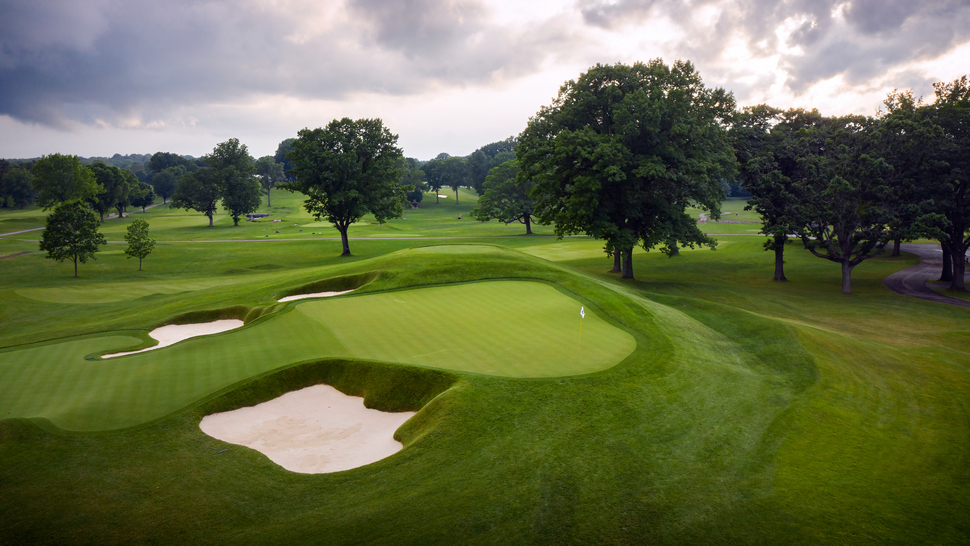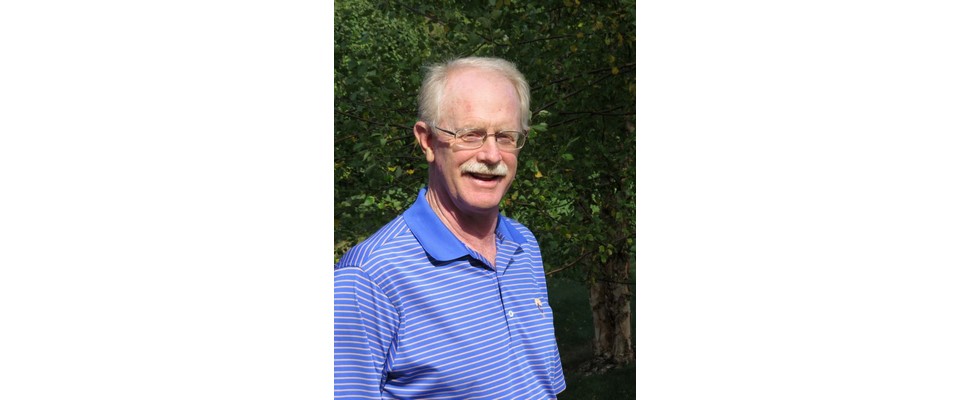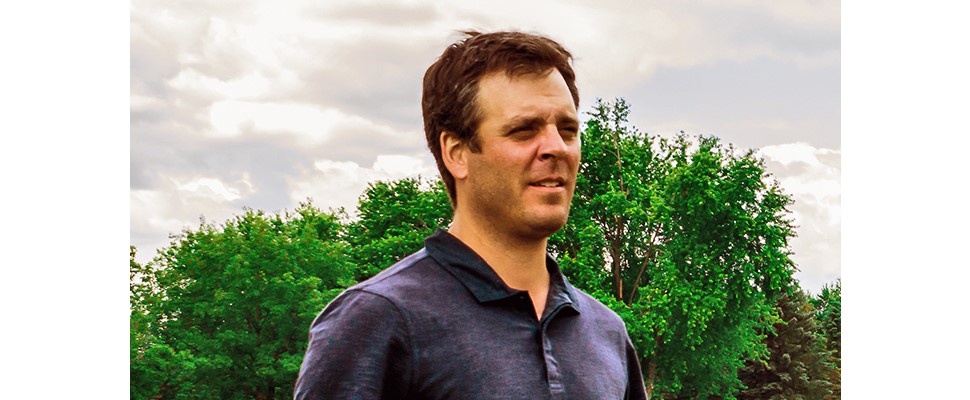Part 1
If you had one question to ask Donald Ross - what would it be and what answer do you think he would give?
Ron Forse: How did you learn to do all that I mentioned in the preceding question above so well; to become accomplished so broadly?
Mark Mungeam: There are many questions I would ask him, but one that intrigues me would be “What are your feelings about designing “template” greens and holes”? I think he would say that it’s OK to borrow ideas regarding the play character of holes from other courses, but every hole and green should be uniquely designed to fit the location it is placed.
Tyler Rae: Why did you take on so much work? I'd ask Gil Hanse and some of today's architects the same question! He would likely say "he had 2,000 men with families to feed so he felt the pressure of obligation." And that would be his answer.
Jeff Mingay: Teamwork is incredibly important in golf course architecture. I don't know what the details of his response might be, but I'd ask Ross about golf course construction methods and techniques, and who those individuals were that he trusted to build and shape features at courses like Pinehurst, Seminole, Oakland Hills and elsewhere. I'm interested to know who those forgotten souls were.
Richard Mandell: Did he do anything different design-wise for his municipal clients versus his private club clients. I would hope he would say he didn’t and that design is design regardless.
There has been much mentioning of the term's "restoration" and "renovation." What is the appropriate definition for each?
Richard Mandell: I would say the technical definition is rebuilding features in place with updated materials to extend their life cycles. Others use it interchangeably with re-design and I often use those terms synonymously.
The definition of restoration is almost a hot-button issue at this point because of the varied opinions. The standard definition is restoring the original architect’s design intent. That is where everyone gets sidetracked because there is the strategic side of it and then the aesthetic side of it. When restoring the strategic side of things, hazards and tee boxes are moved around in order to accommodate modern playing equipment.
On the aesthetic side, I think it is important to restore down to the details, such as bunker shape and size as much as possible unless there is some practical reason to stray. Unfortunately, many think that it is acceptable to put one’s own design flair to the bunker shapes, depths, etc. as long as strategic intent is there. I disagree. If we have aerials of his plans, why not at least restore shape, depth, and size. That is how the whole restoration movement began and we are straying from it now.
Ron Forse: "Restoration" goes back to a point in time, or to an ideal design-intent, done in the image of the original architect's work. "Renovation" is wide open to just about anything.
But one could make the argument that some Restorations exceed themselves and become more of a Renovation. Walking a narrow path of keeping Original Design Intent while keeping the course Relevant always in the forefront prevents this from happening.
Tyler Rae: Restoration is when all the original greens and locations are preserved. GPC scanning and rebuilding is allowed. Original routing has to stay intact. Renovation when greens and contours have been re-imagined and changed. Routing is also changed too.
Jeff Mingay: Unless you're putting a golf course back exactly the way it was at a certain period of time, it's not really restoration. Renovation is typically making changes to a course with no reverence for the original design.
What we're seeing most often these days is a hybrid of those two approaches. What Gil Hanse smartly calls "historic renovation". This is basically trying to figure out what the original architect might do today relative to making changes that are relevant to the modern game.
Mark Mungeam: I feel the term “restoration” is over used and what constitutes restoration can be skewed. In my opinion, a “restoration” uses original plans and very early photographs to re-establish the course layout as it was originally built.
A renovation doesn’t attempt to recreate the original design. Many so-called restorations involve moving tees and fairway bunkers to restore how the original architect intended the course to play. I call that “sympathetic renovation.
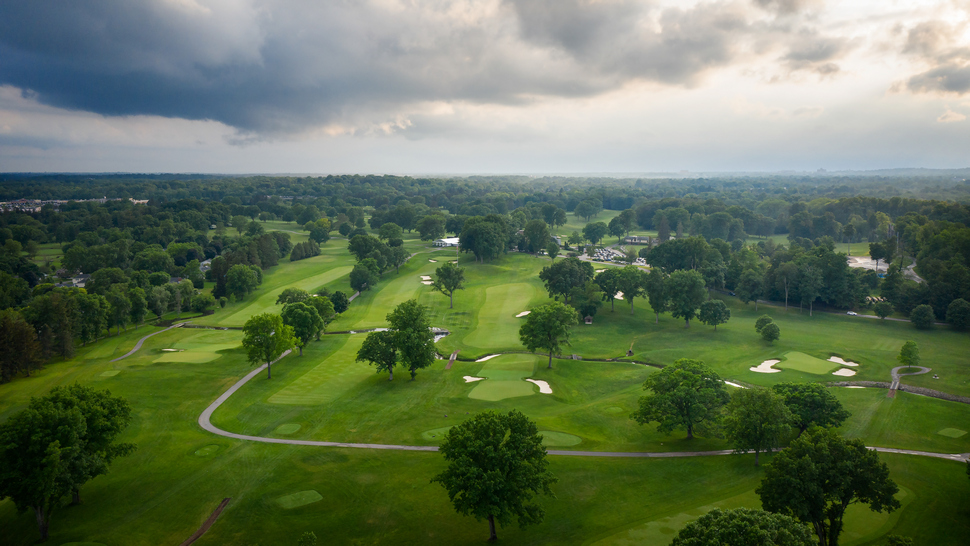
Oak Hill / East was designed by Ross, altered by Robert Trent Jones, Sr. in the 1950s and 1960s and then changed again by George and Tom Fazio. The club then opted to bring in Green in 2015 to resurrect the Ross roots. Green created three new holes in what he believed were in alignment with what Ross envisioned. How challenging is the role of stepping in to correct a past situation and turning it around successfully?
Mark Mungeam: Golf course design is cyclical. What is popular today may not be so in thirty years. Changes praised in 1975, such as tree planting on courses, may be very unpopular today.
Some of my work is correcting issues resulting from previous changes that were considered improvements at the time, but I am mostly attempting to address issues that have arisen due to the aging of features and the changes in course use, such as the increase in cart use and forward tee play.
Tyler Rae: Very challenging from a planning and construction sequencing and timing perspective but typically all the dirt is still nearby from the destruction that took place and the work is sometimes easier to resurrect than one would think.
Jeff Mingay: It's not difficult when such a project is driven by practical considerations. Based on similar experiences, I'm guessing that Ross' vision for Oak Hill-East better reflected the nature of the site than Fazio's version of the course. Ross' version probably functioned better from a maintenance and play-ability standpoint, too. I'm sure it does a much better job of catering to the enjoyment of golfers of all abilities as well. And, aesthetically, the historically renovated Oak Hill-East is a much more thrilling and distinctive golf course to look at. Correcting a past situation along these lines isn't that difficult to sell and make successful simply because it's driven by practical considerations.
Richard Mandell: I have never had an issue with correcting past situations. That is why they hire me or other Ross architects. Physical challenges, such as if the original land is no longer available, are another story.
Ron Forse: The greatest challenge is selling the idea of significant change. Golf courses are to some like an old sweater, often too comfy to replace. You must concretely demonstrate the actual benefits to the guy paying the dues.
Renewed fondness for classic golf design allowed Oak Hill the freedom to put holes back in such as the par-3, "Little Poison". Kudos to Andrew Green and the club.
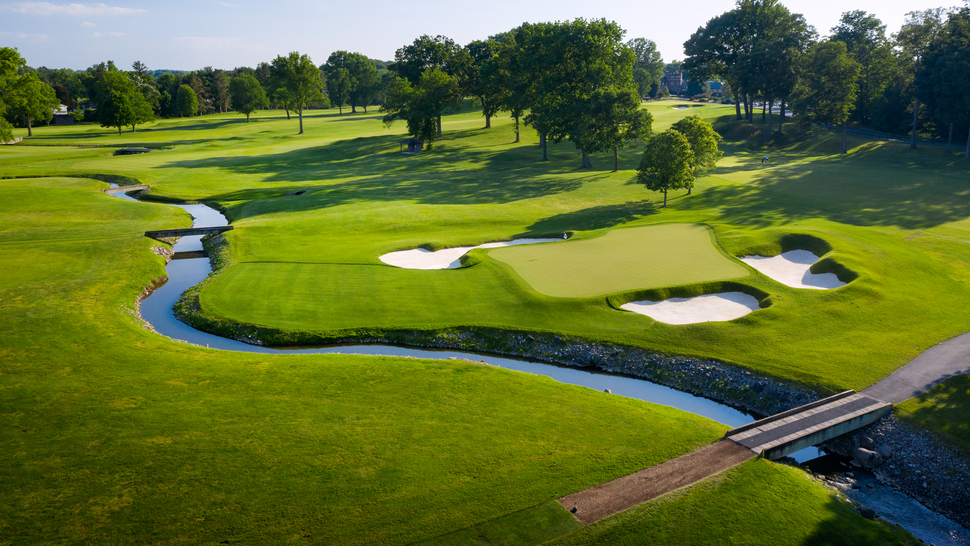
As per the last question, can you name a course you've been hired to correct a past situation and how did matters resolve themselves?
Ron Forse: At Donald Ross's only west coast design, the Peninsula G & CC in San Mateo, CA his work had undergone a lot of bad renovations. Plus, the course was a drainage nightmare. Through education and constant communication, the historic value and the rarity of DJR original course, necessary groundwork was established so that members were acclimated to the idea of a true restoration.
Relying on fixing the functional problem of soggy soils helped tremendously to "coattail" the architectural restoration. Also, it was totally reconstructed 9 & 9 in two years which gave opportunity to ease people to the new look. Everyone there completely identifies with their classic course now.
Jeff Mingay: Most of my work at the moment is doing just that, correcting past situations at historic courses. It's amazing how often existing problems are solved by studying the original architect's plans and intentions for the property.
This is particularly true when dealing with a course designed by Ross or one of his contemporaries from the 1920s and '30s. The reason so many of those courses from that era endure is because they were built to function properly, to genuinely last.
Tyler Rae: Wakonda Club, Beverly Country Club, Lookout Mountain Club, Detroit Golf Club, and Brae Burn Country Club. The club's leadership trusted the process and the authority hired to perform the work. Trust is the key. Trust the team you hire to do what they do best and give them the freedom to be bold.
Richard Mandell: We are wrapping up a restoration of Ross’ Bobby Jones Golf Course in Sarasota, Florida right now and have painstakingly restored every feature we could according to his original plans. That said, one par-3 was built at a ninety-degree angle to the Ross plan. We kept it as is because of a land issue. We also declined to convert a 525-yard par-5 back to Ross’ original 371-yard par-4. We had to add water bodies to make sure the course didn’t flood and we also chose to keep a number of Live Oaks on site that weren’t there originally. Yet none of them forced us to re-route holes and we were able to put every hole back exactly per plan (other than those cited above).
So, we did stray from the original plan for modern challenges but restored as many bunkers and mounds as we could per the plan. Every green is exactly per plan as well, even to elevations. I was very careful to replicate the bunkers per Ross’ plan which means they may not have the visual flair that other, more recent Ross restorations have with their bunkers. All of that looks great, but to me it isn’t authentic. I feel obligated to restore as much as I physically can and if that means the bunkering may not have the eye candy others may desire, then so be it. I have plenty of other projects where I can express my bunker aesthetic.
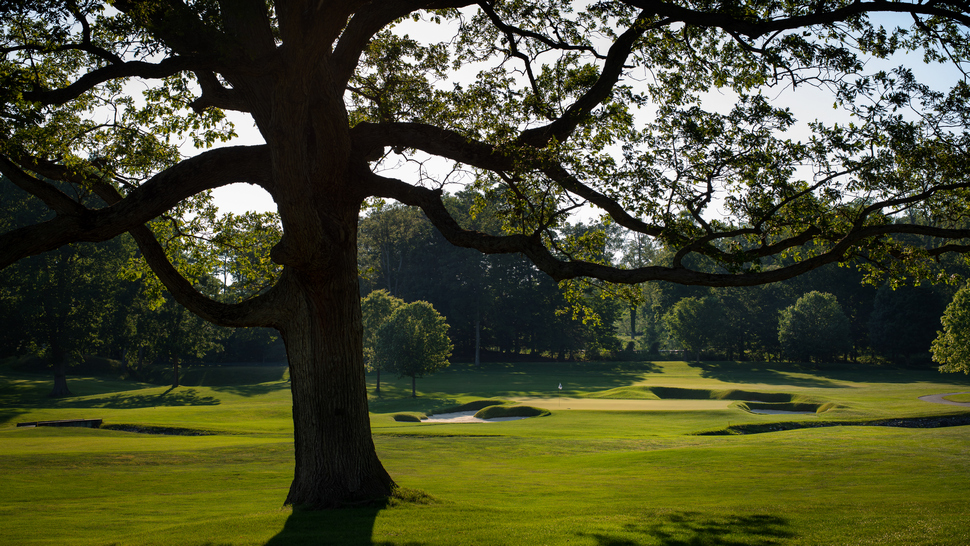
The best examples of original Ross courses maintained from their original pedigree are what? List a max of five in order.
Richard Mandell: If we are talking which ones have had the least changed from original, they are few and far between at this point. There are a good number of Ross originals that have been accurately restored, including a few of my own. Of all those I have seen, I can think of just a few that haven’t changed too much from original:
In order:
York Golf & Tennis Club in York, Maine
Essex County Club in Manchester, Massachusetts
Wellshire Golf Course in Denver, Colorado
George Wright Golf Course, Boston, Massachusetts
Holston Hills Country Club in Knoxville, Tennessee
Mark Mungeam: In no particular order:
Glens Falls Country Club
Essex County Club
Whitinsville Golf Club
Monroe Country Club
Pinehurst #2
Jeff Mingay: Following some recent historically inspired work, Oakland Hills-South tops my list. Pinehurst #2 and Essex County Club must be pretty close to what Ross would remember.
I've also heard Glen Falls, in upstate New York, is pretty pure. And, so is another Essex. Essex Golf and Country Club, across the river from Detroit, in Windsor, Ontario, Canada, where I grew up playing and am still a member.
Ron Forse: Among the best-preserved Ross courses are the 9-holers Rolling Rock Club and Whitensville. Also, primarily in their intact greens, Salem, Wannamoisett, and CC of Buffalo.
Tyler Rae: In order the following:
Essex County Club, MA (1909-1913) -- the purest Ross out there, like stepping back in time)
French Lick Springs Resort, IN (1915-1916)-- the most underrated Ross in America with an incredibly bold set of greens and phenomenal land - very difficult especially given the era!
Teugega Country Club, NY (1921) -- like stepping back in time, fully preserved.
Roaring Gap Club, NC (1925/1926) -- (Ross on a mountainous site, well preserved.
LuLu Country Club, PA (1919) -- Ross trying the template game with a punchbowl hole, short hole, Alps hole, Principals Nose, and mini-Biarritz style green; all sitting there untouched.
5b) Mountain Ridge Country Club (1930) -- Ross going for the jugular in the Met area with a phenomenal set of greens and layout.

Related: Jon Rahm and Scottie Scheffler are out on their own, says Curtis Strange
***
The Participants
Richard Mandell
Richard Mandell Golf Architecture is located in Pinehurst, North Carolina and has won awards spanning four decades. Richard Mandell, ASGCA, has designed, renovated, or restored more than seventy-five golf courses since 1992 in nineteen states and China.
He has worked on twelve different Donald Ross courses and some of the most iconic municipal facilities in the United States from Minnesota to Colorado to Florida. He recently released his fourth book, Principles of Golf Architecture.
Ron Forse
Raised in New Jersey with a Landscape Architecture degree from West Virginia University. Began architectural efforts in 1989 with Pennsylvania office and another in Florida. Working actively coast to coast and has renovated / restored 55 Donald Ross courses, two of which Golf Magazine named renovation of the year, Omni Bedford Springs Resort & CC and CC of Buffalo.
His 2014 involvement at Davenport County Club in Iowa is now rated in Golf Magazine's Top-100 in the USA at number 95. Has membership pending with ASGCA. Member of Ross Society, Tillinghast Association, Raynor Society and the National Trust for Historic Preservation.
Tyler Rae
A University of Kentucky graduate of Landscape Architecture, Rae has been immersed in the game of golf and its playing fields since a very young age. Prior to operating his firm, he worked with noted architect and Golden Age restoration expert Ron Prichard for eight years, in the design office with architect Keith Foster for three years as well as out in the field with Coore & Crenshaw. Rae also ran and shaped multi-million-dollar projects in the dirt for an International Golf Course builder for four years.
Learning how courses come to life in the field. During that span, he built courses and restored older courses for designers such as Tom Doak, Bruce Hepner, Robert Trent Jones, Jr., Rees Jones, Tom Fazio, John Fought and past Augusta National Superintendent Billy Fuller.
To date, he has played 98 of the top 100 courses in the world and all of the top 100 courses in the United States. Rae is a panelist for Golf Magazine and has visited over 2,000 courses globally and keeps a documented drawing and photo library of them in his office.
Mark Mungeam
The ASGCA member is the 61-year-old owner of MUNGEAM GOLF DESIGN, Inc. based in Douglas, MA. Mungeam was the architect responsible for the renovation of Olympia Fields Country Club (North) in preparation for the 2003 U.S. Open and the 2015 U.S. Men’s Amateur Championships.
Current projects include the restoration/renovation of both Donald Ross designed City of Boston courses (George Wright and Franklin Park); former renovations to the historic Ross designed Shennecossett Golf Course in Groton, CT and development of a master plan for The Country Club’s neighbor, Brookline Golf Course.
Jeff Mingay
Based in Toronto and started his career in golf course design and construction two decades ago working with fellow Canadian golf architect Rod Whitman.
Mingay, 49, has led restorative-based renovation projects at a number of historic courses throughout Canada and the United States over the past decade, including the Victoria Golf Club in British Columbia, Cutten Fields near Toronto, Seattle's Inglewood Golf Club and the Minneapolis Golf Club.
